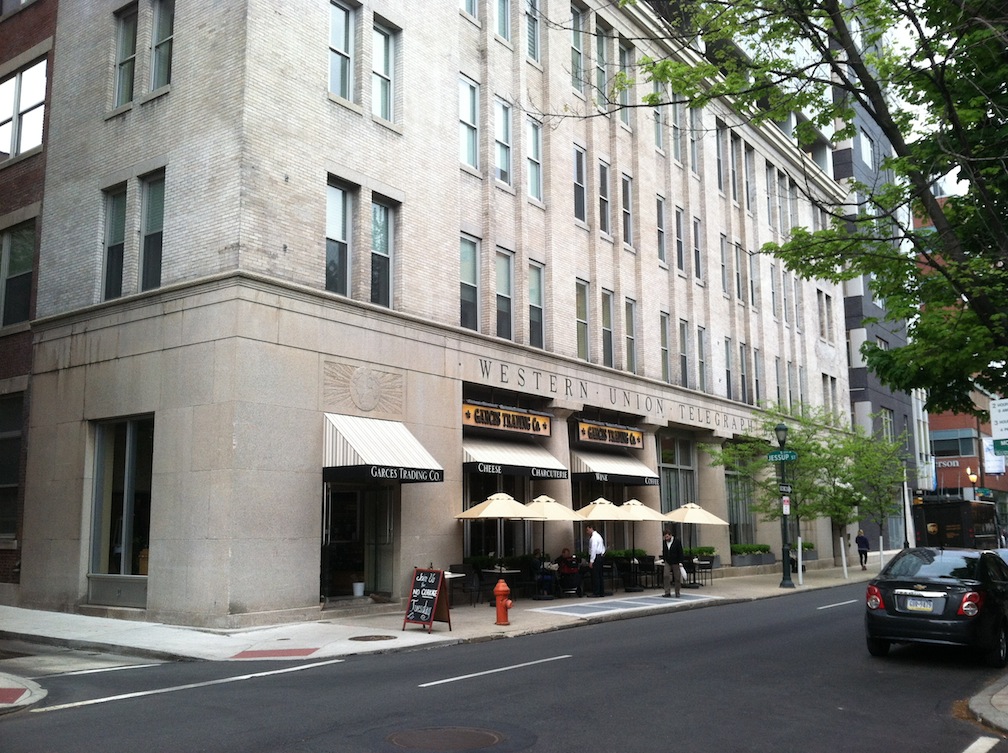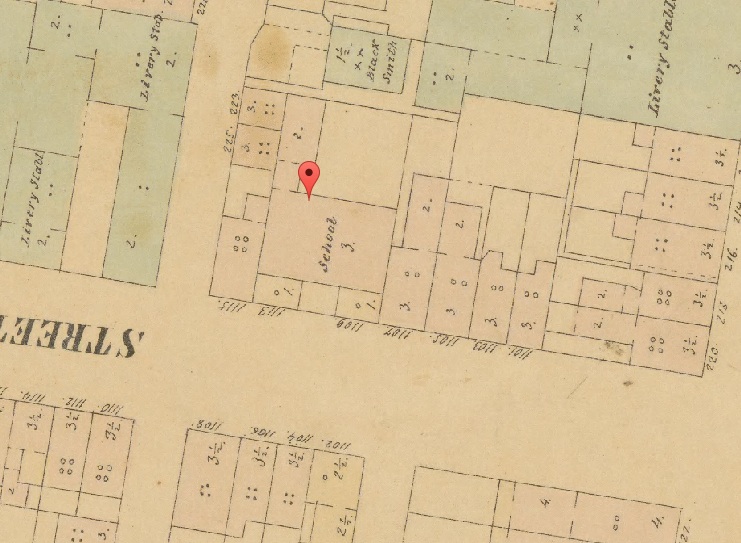The 1100 block of Locust St. offers a mix of modern construction, neoclassical architecture and standard Philly rowhomes. The north side of the street, 1111 Locust St., is dominated by a large structure. According to Hexamer & Locher’s Philadelphia Atlas, this was the site of a school in 1858.
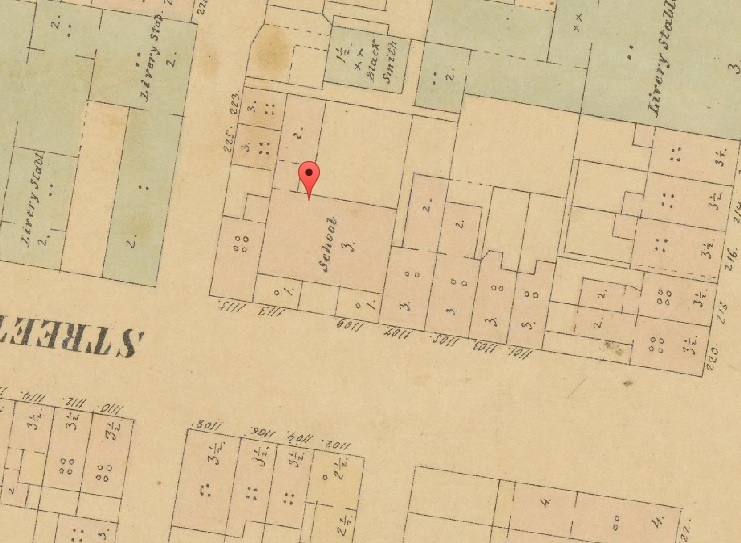
As the surrounding neighborhood grew, so too did its industry. The north side of the block in question became home to “the old established and reliable firm of Messrs. R. F. Bancroft & Son, whose iron works are located at Nos. 1109 and 1111 Locust Street.” This according to Illustrated Philadelphia: Its Wealth and Industries, 1889, which also credits Bancroft & Sons with contributing iron to such city landmarks as The Philadelphia Library and the Bank of the Republic. It would appear, however, that Bancroft did not survive long at this location after the turn of the century. The Department of Records shows Locust Street looking west from 11th in 1917, with the stretch in question occupied by a handful of unidentifiable businesses.
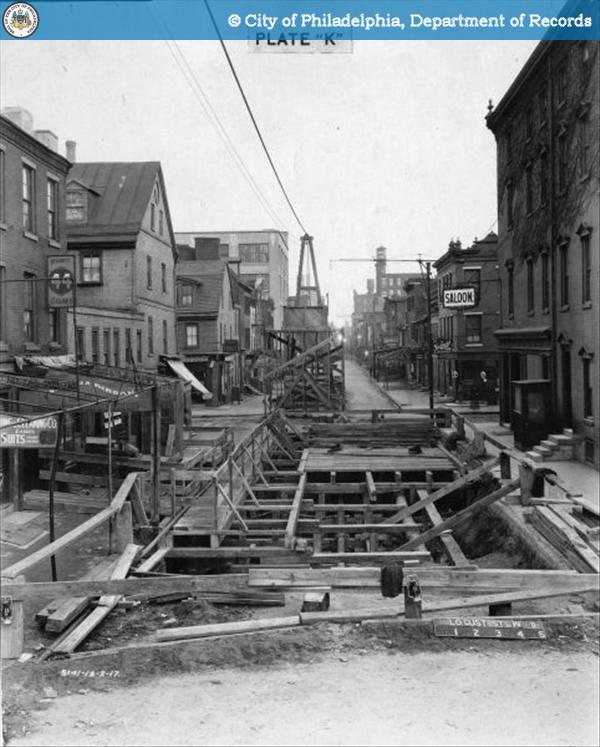
As the 20th Century progressed, according to Hidden City Philadelphia, this stretch came to be known for its ‘genteel and conservative’ residents. At the time, Locust Street was alternately known as Library Row and attracted a high level of commercial and industrial activity. This activity included the construction of the Western Union Building. In 1923, Western Union moved to the 1100 block from the intersection of 10th & Chestnut. The 4-story building is shown here in a 1930 photo from Hidden City Philadelphia.
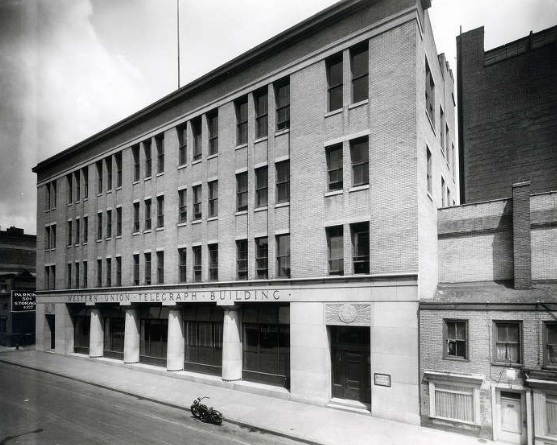
The Western Union Building would signal considerable change on the 1100 block of Locust, as a Department of Records photo from 1940 attests.
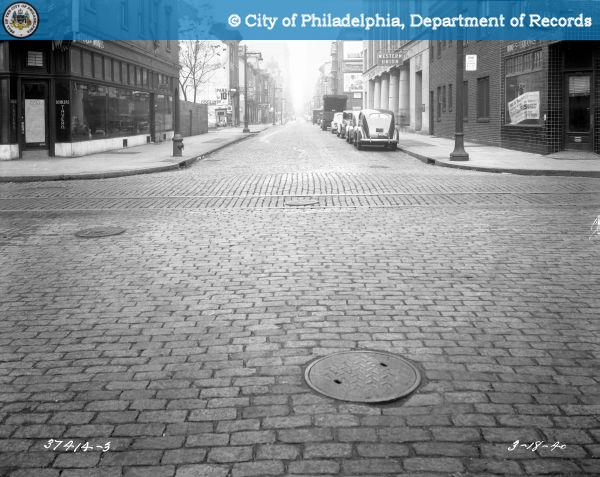
It would not only signal change but it would survive it. As the neighborhood evolved, devolved and revitalized, the communication giant persisted. However, in the early ‘90s, Western Union finally departed, leaving the structure to decay. Hidden City notes that even after Jefferson University purchased it in 1993, it was quite the hotspot for squatters. After several years of planning and scrapping, Jefferson gave up and sold the space to a developer. In 2008, 12 stories were added to the original Western Union façade and a couple of years later the ground floor became home to the critically acclaimed eatery, Garces Trading Company. Above the Trading Company are luxury apartment units of various sizes, starting at just over $2000 per month.
